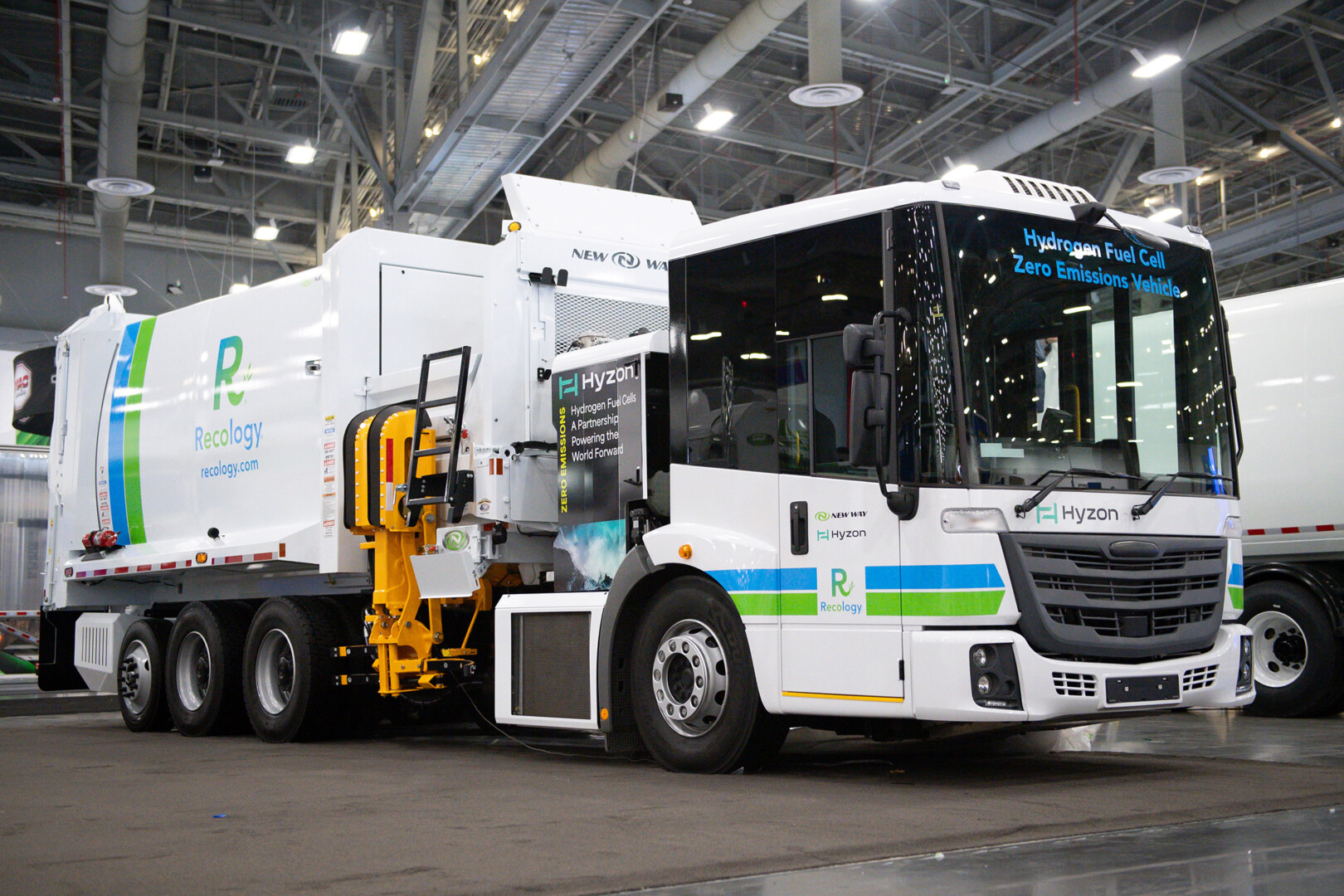TPREL and SJVN Collaborate for Mega Clean Energy Project

Tata Power Renewable Energy Ltd and SJVN Ltd are partnering on the 460 MW Project Punch. It integrates solar, wind, and battery storage technologies to boost energy dispatch efficiency. This collaboration will also help TPREL reach a total renewable capacity of 9,421 MW.
In a paramount step taken by Tata Power Renewable Energy Ltd (TPREL) and SJVN Ltd, India is all set to accomplish one of the most ambitious renewable energy missions.
The collaboration aims at building a 460 MW Firm and Dispatchable Renewable Energy (FDRE) plant with the gameness to introduce solar, wind, and battery storage technologies.
This emerging experiment opened the gate for the country towards a green future by dealing with significant problems of energy security, stability and reduction of carbon dioxide emissions.
Project Overview: A Blend of Solar, Wind, and Battery Power
The captivating project, entitled Project Punch aims to disrupt the power pattern of the Indian economy by employing the integration of the sun, wind, and electricity storage technologies.
The main objective is to build a trusting and constant base of eco-power to meet the growing gap in clean energy systems.
The project accomplishes this by assembling these energy sources to produce power around the clock to amplify energy security and resilience.
Key Benefits: Grid Stability and Renewable Energy Goals
One of the primary targets is to ensure the stability of the framework through a dispatch mechanism of energy fuelled by an efficient technology used during peak demand.
Therefore, the FDRE plant manages the energy flow through the power grid to lead to an uninterrupted power flow and reduce disruptions.
The joint work of TPREL with SJVN fulfils Renewable Purchase Obligations (RPOs) and Energy Storage Obligations (ESOs) directed towards renewable energy.
This complementary not solely propagates the deployment of renewable energy capacity but also reinforces India’s position towards sustainable development and climate-friendly action.
Green Gigawatt Giant: Power Generation and Carbon Footprint Reduction
The massive scale of this collaboration demonstrates its power in producing electricity and compensating for carbon emissions.
The estimated capacity of this plant for the annual production of clean energy of 3000 MUs makes it an extremely formidable entity on the scale of renewable power for India.
Thus, annually contributing to cutting 2,200 million kilograms of CO2 emissions qualifies the design as a powerful weapon fighting climate change.
The substantial decrease in carbon footprint hereof illustrates the capability of clean energy programs to solve environmental problems and contribute to creating a sustainable world.
TPREL Green Leadership: Capacity Expansion and Sustainable Vision
A joint venture between TPREL and Leap Energy will mark the next chapter of this mission to become a green leader and sustainable partner.
With the FDRE project, TPREL has combined its renewable energy to a remarkable 9,421 MW pushing it ahead of the curve among all the Indian clean energy companies.
Such an increase in production capacities reflects TPREL’s adamant determination to environmentally friendly power generation technologies, and it also points out its proactive role in spearheading the transition to a non-carbon emission economy.
With the expanding roster of operational and upcoming projects, TPREL is acclaimed as a leader advocating the cause of the renewable energy revolution towards a cleaner and brighter generation.
Conclusion: A Step Towards India’s Clean Energy Future
Despite the severe impediments to clean energy progress, the cooperation between Tata Power Renewable Energy Ltd and SJVN Ltd is pivotal for India’s clean energy leadership.
Therefore, harnessing the synergy of solar, wind and battery storage technologies indicates the highest potential of Project Punch to pave a new path of sustainable energy development and innovation.
India is trying to achieve these renewable energy objectives and attempting to fight climate change. Such partnerships are crucial for transitioning into a green and resilient energy product.
SJVN will achieve sustainability to deliver its vision as the new face of a clean energy revolution to bring rewards and betterment today and in the years ahead.
Byline: Vidhathri Matety

